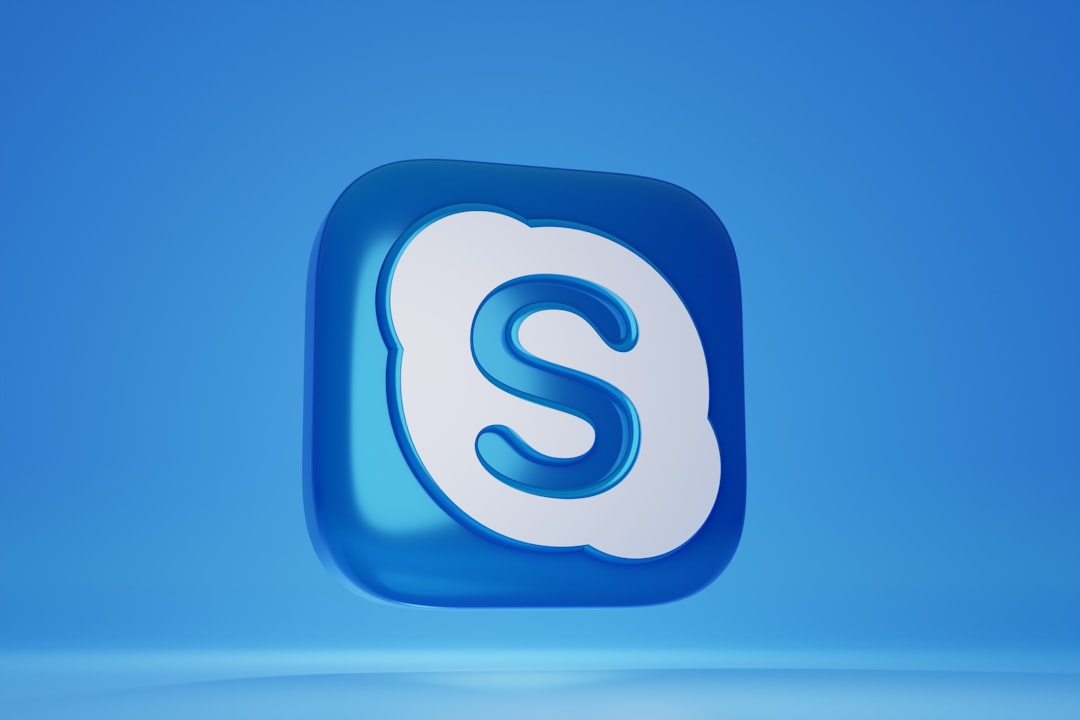In the digital age, eCommerce businesses are constantly seeking innovative ways to reach their customers, personalize interactions, and drive sales. While email and social media marketing remain staples, a more immediate and impactful channel has emerged — SMS marketing. With high open rates and real-time delivery, SMS marketing allows online retailers to send personalized messages directly into the palms of their customers’ hands, maximizing engagement and conversions.
What Is SMS Marketing in eCommerce?
SMS marketing refers to the practice of using short message service (SMS) to send promotional or transactional messages to customers and prospects. For eCommerce, this can include anything from flash sale notifications and restock alerts to personalized discounts and order confirmations. With SMS boasting an open rate of over 90% within the first three minutes of delivery, it offers a powerful way to communicate directly and instantly with customers.
Benefits of SMS Marketing for eCommerce
Before diving into strategies, let’s look at why SMS marketing is such an essential tool for online retailers:
- High Open and Engagement Rates: Text messages are generally read within minutes, outpacing email and social platforms.
- Personalization: Messages can be tailored based on user behavior, past orders, or interests.
- Speed: Ideal for time-sensitive promotions or limited-time offers.
- Direct Communication: Eliminates the noise and distractions of social feeds or inbox filters.
These advantages collectively help brands build stronger relationships with customers and drive revenue faster than other channels.
Strategies to Use SMS Marketing Effectively
Build a Compliant, Permission-Based List
The foundation of a successful SMS marketing campaign starts with building a reliable and permission-based subscriber list. You must obtain explicit consent from your customers before sending them messages. There are several effective ways to do this:
- Include opt-in forms during checkout or account sign-ups.
- Use pop-ups on your website offering a discount in exchange for a phone number.
- Leverage QR codes or shortcodes in packaging or ads encouraging SMS sign-up.
Ensure clarity about what subscribers can expect—whether it’s promotions, updates, or order tracking messages. Stay compliant with regulations like TCPA and GDPR to avoid legal issues.
Segment Your Audience
Not all customers are the same. Segmenting your audience helps deliver targeted and relevant messages. Consider segmenting based on:
- Purchase history
- Browsing behavior
- Location
- Loyalty status
This allows you to send messages like personalized offers, reminders about a product still in their cart, or exclusive deals for VIP customers.
Personalize for Higher Conversions
Generic messages can feel spammy. Personalization adds a human touch that increases engagement. You can personalize by including the customer’s name, products they looked at, or past order history.
For example: “Hi Jenna! Your favorite sneakers are back in stock and 10% off for the next 24 hours.”

Time Your Messages Correctly
Timing is everything with SMS marketing. You don’t want to wake customers in the middle of the night or message them at inappropriate moments. Ideal windows are typically late mornings or early evenings during weekdays. Timing also includes sending messages during:
- Sales events (Black Friday, Cyber Monday)
- Cart abandonment follow-ups
- Replenishment reminders for consumables
- Birthdays and anniversaries
Integrate with Other Marketing Channels
SMS shouldn’t operate in a silo. Combine it with email campaigns, social ads, and in-app messages to create an integrated experience. For instance, an abandoned cart sequence may include an initial email, followed by a text message if no action is taken.
Use SMS for Customer Support
Aside from promotions, SMS can be an excellent channel for providing customer service. Quick order updates, delivery confirmations, and resolving minor issues via text can greatly enhance the customer experience.

Types of SMS Marketing Campaigns You Can Run
Let’s explore some popular SMS campaigns that eCommerce businesses can implement:
1. Welcome Series
Send a sequence of messages greeting new subscribers, with a discount code or product tips to encourage a first purchase.
2. Flash Sales and Limited-Time Offers
Announce time-sensitive deals that create urgency and boost traffic to your store immediately.
3. Product Launches
Build hype by giving SMS subscribers early access or exclusive previews of new product releases.
4. Abandoned Cart Reminders
Remind users of the items left in their cart, sometimes sweetened with a discount or free shipping offer.
5. Loyalty and Rewards Programs
Reward repeat customers with exclusive SMS-only offers or loyalty point updates.
6. Order and Shipping Notifications
Keep customers informed with real-time updates on order confirmation, shipping, and delivery.
7. Customer Reviews and Feedback
Ask for feedback post-purchase or prompt customers to leave a review with a simple text reminder.
Key Best Practices
To make sure your SMS marketing delivers value and not annoyance, consider these best practices:
- Be concise: SMS has a 160-character limit. Get to the point quickly while still being engaging.
- Include a clear CTA: Each message should guide the reader to a clear action: “Shop now,” “Reply YES,” “Check tracking.”
- Offer value: Don’t send messages just to fill a quota. Ensure each message provides something beneficial to the recipient.
- Allow easy opt-out: Include an unsubscribe option in every message to respect user preferences and stay compliant.
Measuring SMS Campaign Success
Track these key metrics to evaluate and optimize your SMS campaigns:
- Delivery rate – How many messages were successfully delivered?
- Click-through rate (CTR) – How many recipients clicked the link in your message?
- Conversion rate – How many purchases resulted from the message?
- Opt-out rate – How many people unsubscribed after each campaign?
Regular A/B testing with different message formats, timings, and CTAs can reveal what resonates most with your audience.
Conclusion
SMS marketing is a dynamic and effective tool for eCommerce brands looking to increase customer engagement and boost sales. With high visibility, immediate reach, and personalization capabilities, text messaging offers a direct line to your customers that few other marketing channels can rival. However, it’s essential to respect your audience’s preferences, stay compliant, and continually optimize for results. When done right, SMS marketing can become a pivotal part of your brand’s growth strategy.
Frequently Asked Questions
1. How often should I send SMS marketing messages?
Generally, 2–4 messages per month is a good starting point. Too many texts can irritate subscribers and lead to high opt-out rates. Focus on value and timing.
2. What legal regulations must I follow for SMS marketing?
You must obtain explicit consent before sending marketing texts. Comply with the Telephone Consumer Protection Act (TCPA) in the U.S. and General Data Protection Regulation (GDPR) in the EU. Always include an opt-out option.
3. Can I automate SMS campaigns?
Yes! Many SMS marketing platforms allow automation based on triggers like cart abandonment, purchase behavior, and specific dates such as birthdays or holidays.
4. What’s the best day and time to send SMS messages?
Typically, mid-week (Tuesday to Thursday) around late morning or early afternoon performs best. However, test different times to see what works with your audience.
5. How does SMS marketing compare to email marketing?
SMS has a higher open and response rate than email, making it ideal for time-sensitive offers. However, email allows for more detailed content and segmentation. The most effective strategy often integrates both.